How to properly prune a peach in autumn and spring - instructions for beginners
Growing a healthy, productive peach tree is not easy. Peach requires annual pruning, which is done in fall, spring and summer. Without this event, it is simply impossible to achieve stable fruiting - pruning is the basis for caring for a peach tree. Let's talk about the types and timing of the procedure, consider the crown formation scheme.
Pruning goals
The peculiarity of the peach tree is its very fast growth of shoots. Often a peach cannot cope with the load and may even die from exhaustion. Culture without fail requires adjusting the crown.
Peach pruning has the following goals.
- Getting rid of "ballast". If unnecessary branches are not removed in time, the tree will turn into sloppy thickets, wasting nutrients on the development of excess growth. Subsequently, productivity and winter hardiness will decrease. The central branches will become bare, as the foliage and fruits will not have enough light to grow, ventilation will decrease.
- Formation of a strong skeleton. Allows you to strengthen skeletal branches, prevent fractures due to ice and a large harvest, prepare the peach for fruiting.
- Growth restriction. The optimum height for a mature tree is 3 meters. If the peach grows taller, it will be very inconvenient to harvest and process the crown.
- Unloading the crown from excess ovaries. Peach belongs to high-yielding crops, therefore, it needs to remove part of the ovaries. Otherwise, the fruit will grow small and tasteless.
- Preparing the tree for winter. In order for the peach to endure the cold well, in the fall it is necessary to remove broken, weak and diseased branches, which reduce the frost resistance of the culture and become a refuge for pests.
- Rejuvenation. Over time, old wood ceases to form fruit buds, which is why the yield decreases significantly. By removing old twigs, the gardener stimulates the establishment of a new crown, the growth of young shoots.
Advice
If you care about the health of your peach, prune it on time. Otherwise, after a few years, the tree will cease to produce a good harvest, it will be depleted and die.
Types of pruning
Usually peach is grown in the Kuban, Crimea and other southern regions of Russia, but you can achieve fruiting even in the Moscow region. Peach pruning involves only two types of actions - pruning and thinning. By shortening certain branches, it is possible to lay a strong skeleton, to debug productivity. Thinning pursues hygienic goals, allows you to get rid of "ballast".
Depending on the purpose, the following types of peach tree pruning are distinguished.
- Sanitary. An obligatory element of caring for any plant. If you do not cut dry branches affected by disease or pests in time, the whole tree can get sick and die.
- Formative. By giving the crown a certain shape, gardeners facilitate care, harvesting, and increase winter hardiness. Formation is carried out before entering the time of fruiting.
- Regulatory. Once the crown is fully formed, it is important to maintain the chosen silhouette and avoid thickening. Otherwise, the yield and health of the tree will suffer.
- Anti-aging. Fruit wood has been actively producing ovaries for five years.In the future, the old branches will only draw juices, but set few fruits. Periodically, the skeleton of a tree needs to be rejuvenated by cutting out old wood.
Advice
Sanitary pruning is done throughout the growing season. You should not hesitate to remove diseased branches if you do not want to completely lose the desired crop.
Timing
The peach tree should be pruned throughout the growing season - from the moment of awakening in the spring until the onset of hibernation in the fall. It is very important for beginners to remember when and what work is done. Experienced gardeners recommend adhering to a fruit crop pruning plan verified over the years.
Spring works
Spring pruning of peaches for crown formation is carried out in regions with moderate climatic conditions. In warmer climates, spring flows rapidly, so gardeners recommend postponing most of the work until autumn.
In the spring, shoots that are out of order are cut out - tops, competing shoots. Spring pruning is not performed immediately after the tree wakes up, but in the period between the swelling of the buds and the opening of the first pink corollas. At this time, non-viable branches, frozen or damaged by ice, are clearly visible.
Summer pruning
The main part of the activities is carried out after the appearance of ovaries and natural shedding of a part of green plants. The optimal period is from early June to mid-July.
The main goals of summer peach pruning are:
- adjusting the number of shoots in order to thin out the crown;
- removal of incorrectly growing and concurrent branches;
- pinching (plucking out) of excess ovaries at the stage of bone formation.
The described measures will increase the quality of the fruit (taste and size) by improving the illumination, ventilation of the crown.
Advice
Summer pruning is the prevention of diseases and pests.
Autumn works
After fruiting, the peach can be pruned in the fall. At the same time, you will not damage the health of the tree, because the wounds will have time to heal before the onset of cold weather. In addition, in the south, all types of pruning are permissible in the fall. You can form a crown, rejuvenate, remove excess growth. In the spring, in the southern latitudes, the peach will not have time to redistribute resources, which will lead to a decrease in productivity in the current season. The event is held from early September to mid-autumn.
In regions with a temperate climate, it is recommended to only selectively remove shoots for the purpose of sanitation. This event will save the peach from the invasion of pests and fungi, which, in search of a place for wintering, settle in weakened branches. Global intervention begins with the arrival of spring, as autumn weather in the temperate zone is unpredictable. The peach may simply not have time to tighten the wounds, which will greatly reduce frost resistance. Here, the pruning period falls at the very beginning of autumn.
Required tools
It is important to collect the minimum set of tools and prepare it correctly so that the pruning does not damage the tree.
To prune a peach, you will need:
- garden pruner and knife;
- large and small garden saw;
- lopper;
- disinfectants - bleach, potassium permanganate, copper sulfate, medical alcohol (optional);
- garden var or "Rannet" remedy.
All cutting tools must be pre-cleaned of rust and sharpened sharply. Then disinfect the instruments by completely immersing them in the chosen solution for 20-30 minutes. Let the liquid dry naturally. To avoid infection of the wound surface, be sure to treat large sections with a solution of copper sulfate. After the mortar has dried, apply garden putty.
Peach tree pruning technology and scheme
The basic scheme for pruning a peach involves the formation of a crown of a certain shape, which depends on the growing area and the area of the garden.
There are three possible types of crown.
- Fusiform (spindlebusch). Allows you to save space. This type of crown is evenly illuminated from all sides, simplifies maintenance, and increases the quality of the crop. Of the shortcomings, gardeners note reduced frost resistance.
- Cup-shaped. A cup-shaped tree takes up a lot of space on the site, but the quantity and quality of the crop will be high.
- Shrub. This type of crown is optimal for gardens in central Russia, since the winter hardiness of the culture increases. All skeletal branches are evenly illuminated and ventilated, thereby increasing productivity, improving the immunity of the peach.
Advice
In order not to overload the tree with excess wood and fruits, agronomists advise leaving no more than 80 fruiting shoots.
Formation of a cupped crown
To lay the cupped crown of a peach, use the following pruning scheme.
- If the peach is planted in the spring, the first pruning of the branches is started in the fall. The center conductor is shortened to a height of 50 cm.
- Two diametrically located branches growing at the bottom of the crown are bent with the help of rails so that the angle of their articulation with the stem is 45⁰. In the rest of the shoots, the crown buds are cut off to stimulate branching.
- In the second year of the growing season, the skeletal branches left will give an increase of up to 50 cm. The central trunk is cut to the fork of two skeletal shoots.
- On the skeletal branches, 2-3 powerful developed shoots are selected and tied to the rail. The remaining branches are shortened to 15 cm, making slices on the outer bud.
- The next year, a third of each skeletal shoot is removed, another tier of branches is formed. Excess growth is cut into a ring.
- In subsequent years, lateral growths are shortened, leaving two buds. The peach will form fruit on these branches next year. The branches pointing down are cut into a ring.
Further pruning implies constant maintenance of the balance of branches, i.e. annual thinning of the crown, shortening of the branches by a third and reorganization.
Formation of a bushy crown
Forming a neat bush will require more effort, but the result is worth it. This type of silhouette can be laid in a seedling with 6-8 lateral branches.
The formation algorithm is quite simple.
- In the first year, shorten the center conductor, leaving 3-4 skeletal branches at the bottom of the seedling. Leave 5 buds on each shoot.
- In the second year, shorten the skeletal branches by a third. Do not prune second-order shoots that grow upwards. Cut the branches pointing down into a ring.
- Next year, select 6-8 vertical shoots, cut the rest to two buds. Remove all competitive branches that have grown in the place of the cut trunk.
- Change vertically growing branches the next year by pruning last year's branches. Remove horizontal shoots and those growing downwards completely.
For 3-4 years, gardeners manage to form a spherical silhouette of a peach tree about 2 meters high.
Formation of a fusiform crown
The formation of the spindle involves the creation of the lower tier of 4 skeletal branches. The stem is shortened by a third, and the branches are brought to a horizontal position with the help of guys. The next year they are shortened by a third and a second tier of 5 branches is created. Tiers are laid until the height of the peach reaches three meters. Further, the annual crown thinning is performed.
Rejuvenation of culture
The fruiting period of a single peach branch is 5 years. After this time, productivity decreases. Anti-aging pruning involves trimming the skeletal shoots to the length they had 3 years ago. The remaining young growth will serve to create a new crown.
Annual peach pruning is an essential part of caring for this capricious fruit crop. If the gardener does not neglect the rules and timing of the event, the peach will thank you with high yields and will delight you with large juicy fruits.
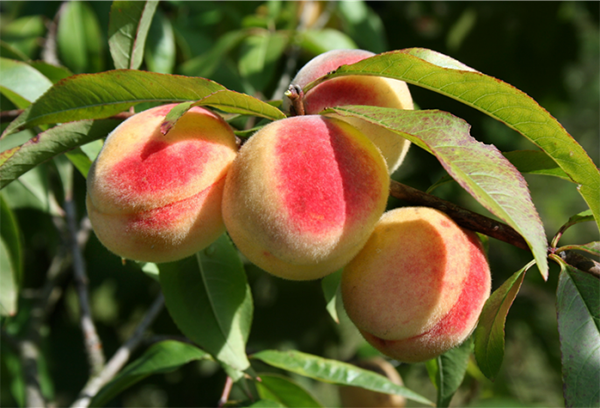
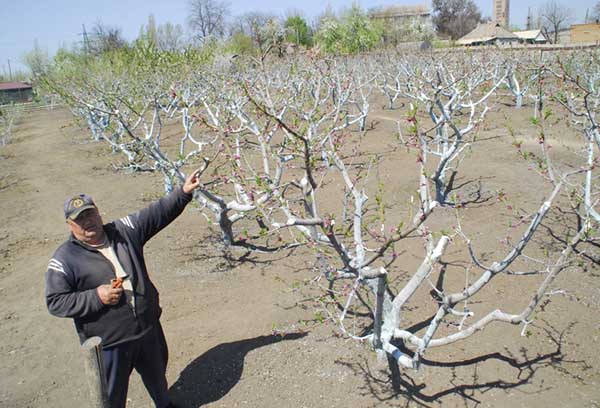
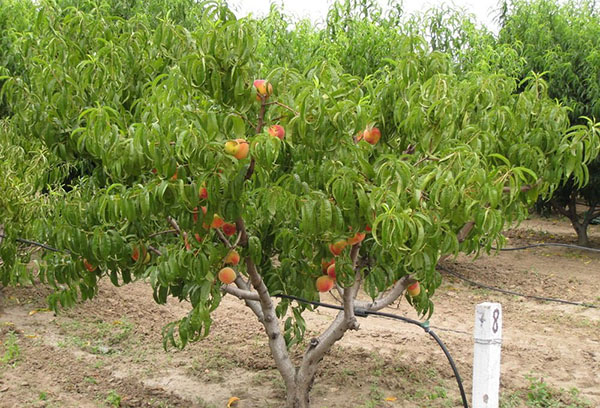
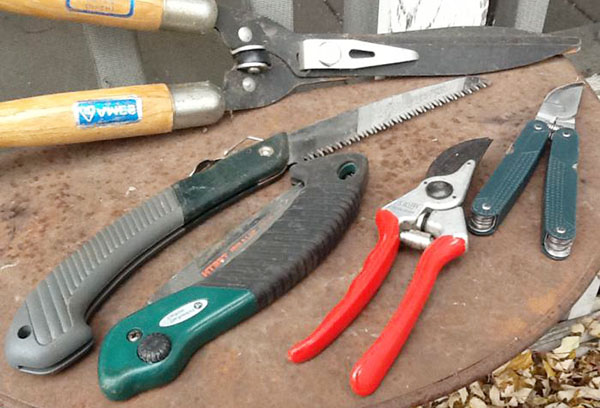
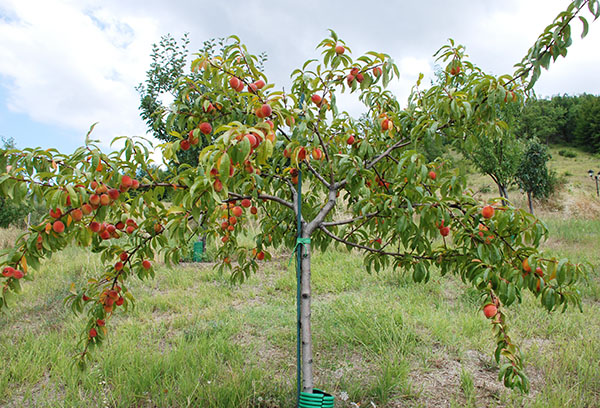

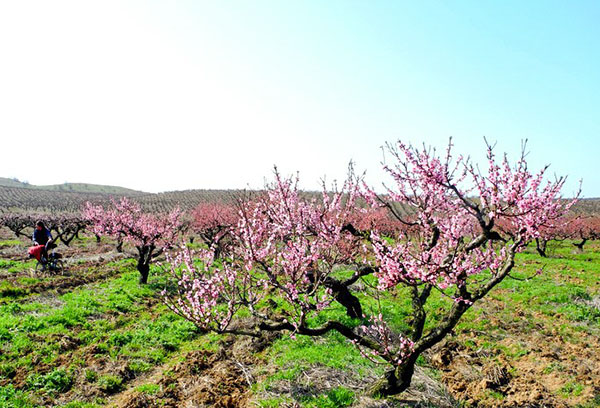
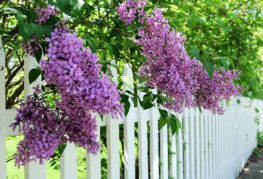


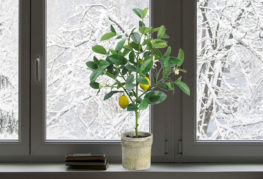
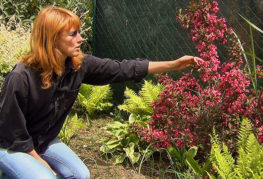
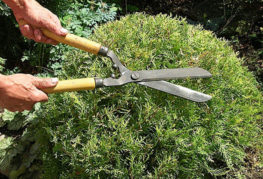
and will be published shortly.